Install cabinet locks, outlet covers and safety gates to keep your child safe
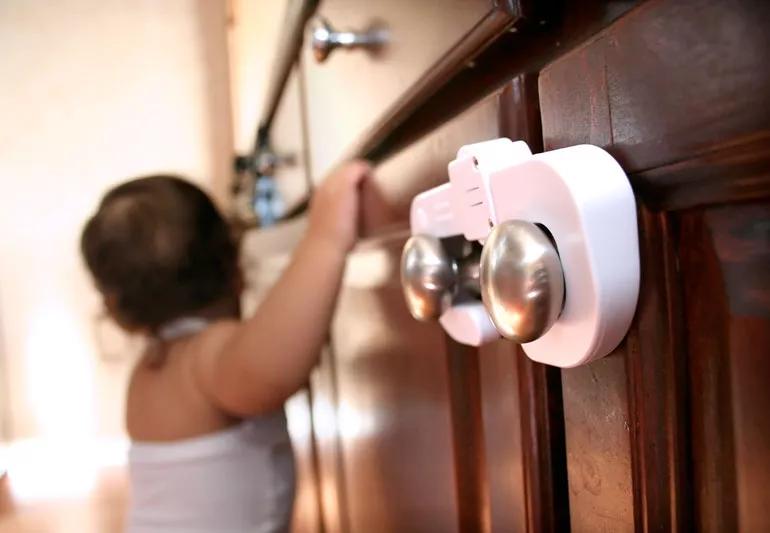
Whether our kids are crawling, toddling or even driving, it’s our job to keep them safe from the hidden dangers lurking at home.
Advertisement
Cleveland Clinic is a non-profit academic medical center. Advertising on our site helps support our mission. We do not endorse non-Cleveland Clinic products or services. Policy
“Research shows that children are more likely to be injured at home than anywhere else,” says pediatrician Kimberly Giuliano, MD. “Part of that may be because kids spend a lot of time at home compared to other places.”
It may also be because children typically have less direct supervision at home.
“At school, the teachers are always watching. And the coach is there during your child’s game or practice,” Dr. Giuliano adds. “At home, there’s more likely to be some alone time.”
Childproofing, or babyproofing, your home becomes relevant when your child starts getting mobile — and rolling counts — so think around the 6-month mark.
Dr. Giuliano outlines how to keep your child safe at home, from when they’re little until they’re in their teens.
Outlet covers are pieces of plastic that you plug into electrical outlets. They prevent children from playing with electrical sockets and reduce their risk for electrocution.
Lock all cabinets and drawers that a toddler or young child could reach. Cabinet and drawer locks can prevent small children from accessing dangerous chemicals and implements, including:
Advertisement
You can find locks and other styles at any store that has a baby section. Hardware and home improvement stores sell them, too, or you can order them online. Child safety lock prices generally range from $3 to $20. Some options include:
It’s also best to keep chemicals both out of reach (think a top shelf) and locked away.
“Child cabinet locks are not foolproof,” says Dr. Giuliano. “A savvy toddler may be able to break them. Storing chemicals out of reach prevents an accidental exposure if somebody forgets to relock the cabinet.”
Dr. Giuliano says window blinds cords pose a significant strangulation risk.
“When they dangle, they can be enticing to a child — and they often dangle right at their hand and eye level,” she says.
To childproof your window treatments, choose blinds that:
Don’t throw away those L-shaped brackets that come with disassembled furniture. If you have a little explorer on the loose (or plan to have one), you should anchor tall and narrow furniture pieces to the wall.
“Children, if they’re reaching up high, can pull furniture down on themselves. We see serious injuries and even fatalities from that,” cautions Dr. Giuliano. “Even if children can’t reach the highest part of the furniture, they can climb up by stepping on something next to it or pulling out lower drawers and stepping on those.”
While most child-unfriendly chests are no longer sold in furniture stores, you can still unwittingly buy one secondhand.
“They can cause small injuries like pinched fingers or arms. They can also lead to more significant injuries like a fracture,” notes Dr. Giuliano. “But the biggest concern is a child climbing inside the chest. The lid could close on top of them and cause suffocation.”
Advertisement
Windows are a fall risk, especially if your child can stick their entire head out of them.
“Screens may keep bugs out, but they won’t keep children in. They’re too flimsy for a child who’s using a bit of force,” says Dr. Giuliano. “If the windows are lower, make sure they are locked and secured. And be careful of windows that raise up. They could slide and injure a child standing underneath them.”
To childproof your windows:
Window locking devices are available at stores with a baby section or at home improvement and hardware stores. You can also purchase them online. Some window locking options include:
Advertisement
If you live near a body of water like a swimming pool, lake or creek, it’s important to prevent your small child from accessing that water without you.
“Have a barrier between the rear exit of the home and the body of water,” advises Dr. Giuliano. “If you have a pool, get a fence that goes around the entire perimeter.”
And pay attention to any buckets you may use for household chores.
“Even if there is less than a foot of water or cleaning chemicals in a bucket, children, especially toddlers, can drown in it,” she continues. “They’re very curious and can peer over the edge and tip over. If they’re caught with their head down and feet up, a tragedy can happen within minutes.”
“Don’t just think about narcotics and abusable types of medication. Keep a close eye on everyday medicines, too. Even over-the-counter medications like acetaminophen can be harmful,” notes Dr. Giuliano. “Keep only small amounts accessible to the whole family. Store them in a safe, locked-in area, even if children are older.”
And it’s also common for people to keep medications inside purses.
“So, whether it’s your purse or a visitor’s, keep it out of reach of young children,” she says.
If you have a set of stairs or a sliding screen door, you want to make those areas safe and secure for your little wanderers.
Advertisement
For any set of stairs, you want to install a safety gate to prevent your little one from crawling or walking up or down the stairwells.
And pay attention to any doors that lead to an outside area like a balcony or porch. If you have a sliding glass door, you may want to install a tension bar at the top to stop your kiddos from opening doors when you’re not looking.
And just when you thought you were out of the woods, Dr. Giuliano says the teen years require different safety measures.
“Teenagers sometimes engage in risk-taking behaviors or want to experiment with substances,” she adds. “Or potentially even more tragic, a teenager may be experiencing depression and suicidal thoughts. Make sure they don’t have access to potentially harmful substances.”
Be mindful about where you store:
We can’t keep our kids covered in bubble wrap, safe from all harm. But by combining a little planning, some child locks and a lot of common sense, we can prevent a whole lot of injuries and accidents.
Learn more about our editorial process.
Advertisement

Use these precautions to guard against tragedy
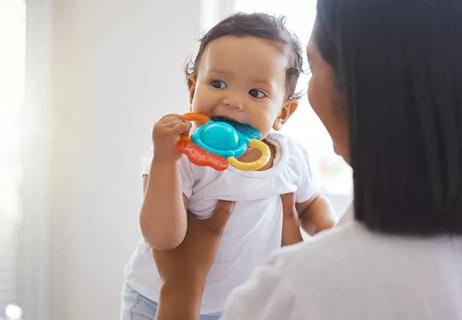
Bath toys with little holes in the bottom are more likely to retain moisture and start to mold
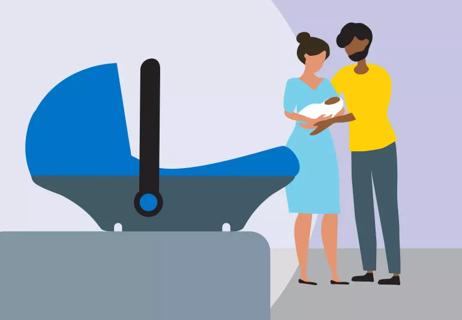
Babies born preterm may need special precautions to ride safely in a car

Keep your child rear-facing as long and possible, and ensure proper fit and installation
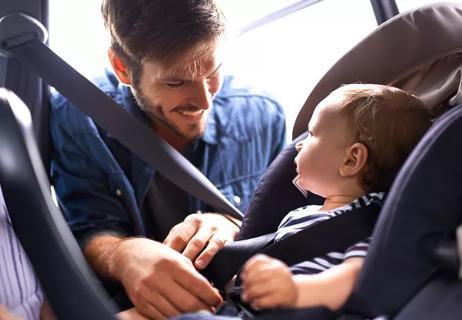
Get the answer along with tips for safe installation
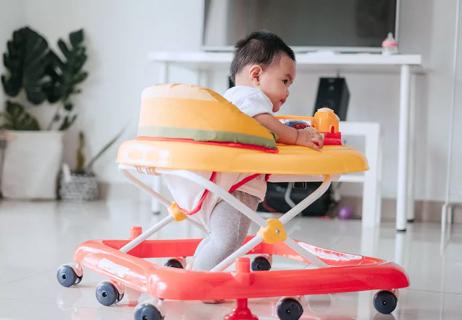
Thousands of head and neck injuries occur every year

How to know when your child’s ready to face front, switch to a booster seat and more
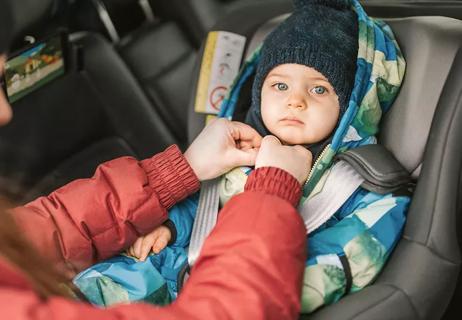
How to keep your little one warm and safe in the car

Babies can get congested easily, but you can calm their cough by keeping them hydrated, using nasal drops and running a humidifier

Weight loss may cause loose, sagging skin and muscle loss to your rear

Several conditions, like vitiligo and fungal infection, can cause a loss of pigmentation, leading to white spots or patches on your skin